by Lisa Cooke | Jun 15, 2016 | 01 What's New, Records & databases, Research Skills |
The US Public Records Index can be useful for genealogy–if you understand what it is and how to use it properly. Here’s an example and some tips.
Not long Russ sent in this tip recommending the US Public Records Index for genealogy:
“I was listening to Genealogy Gems Podcast 181 [in which] you were talking about where do we search while we are waiting for the 1950 Census….I recently discovered a wonderful resource, on Ancestry.com, that I have used along with city directories. The name of the record group doesn’t sound interesting but it can be a Gem for you: the US Public Record Index, 1950-1993, Volume 1 and 2. Volume 1 is far more interesting with more data. A search will return a name AND birth date, along with more than one address, zip code and sometimes phone numbers.”
Here’s a sample search result:
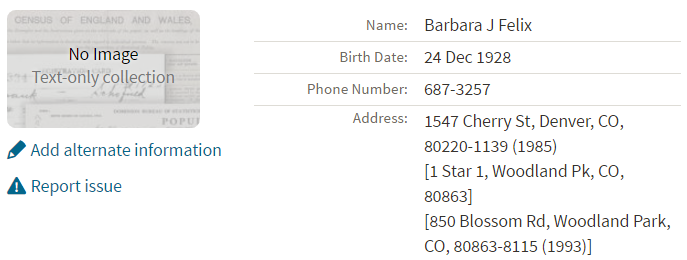
Russ kindly sent me Ancestry’s description of its online database for Volume 1, which says that original data comes from public records spanning all 50 states, such as voter registration lists, public record filings, historical residential records and other household database listings.
Collection Profile
What: U.S. Public Records Index
Where: Ancestry, FamilySearch, MyHeritage
Years Spanned: 1950-2009
Source Type: Lacking original source citations. “Hints to go on and follow up with further research into verifiable sources.”
Then he shared the following example of using the US Public Records Index to find recent relatives that he can’t look up yet in the 1950 census:
“I had a hint for a cousin in a yearbook. I know that she recently lived in Philadelphia, Pennsylvania. I didn’t know where she went to college and I know her birthday. The name is not unique, not also not common. At the same time, I had the hint for the Public Record Index. You know those things we can’t use in a proof argument, but there [she] was in Philadelphia. The yearbook had her picture and only her name, not spelled the way I know it, but the Public Record Index puts her in Philadelphia at the right time and place.
I have seen 2 or 3 addresses for folks in the 1980s and 1990s in these indexes. Not all addresses have dates, but some do. I have one cousin with 5 addresses since 1983 and he won’t be in a census until the 1960 Census Records are released.”
Russ blogs about his family history at worthy2be.wordpress.com/. Thanks for the tip!
The U.S. Public Records Index pops up in my search results sometimes, too. Both volume 1 and volume 2 are searchable on Ancestry.com, as Russ says, in separate databases. Each has over 400,000 records in it. There’s also a free partial version of this database for 1970-2009 at FamilySearch.org and yet a third version at MyHeritage, with 816 million records, with nearly the same time frame. The FamilySearch database says its data comes from “telephone directories, property tax assessments, credit applications, and other records available to the public.”
More on the US Public Records Index
Here are a few tips worth mentioning about the US Public Records Index. Some of these points come from the FamilySearch wiki:
- Not everyone who lived in the U.S. appears in the index, and you’re more likely to find birth information for those born between 1900 and 1990. What you’ll find is primarily where someone lived, and often when they lived there.
- It’s rarely possible to positively identify a relative in this index since there’s limited information and it spans the entire country for up to a half-century, and you can’t follow up on the record it comes from because the index doesn’t say where individual records come from. So as Russ says, this is a great resource to use in combination with other records. It’s a similar concept to the way you might consult family trees that lack sources: hints to go on and follow up with further research into verifiable sources.
- When you find more recent listings, you can sometimes find telephone numbers for living distant relatives. If the thought of cold-calling distant relatives seems a little intimidating, listen to my Family History: Genealogy Made Easy podcast, episodes 14-15, for tips–and to get your courage up!
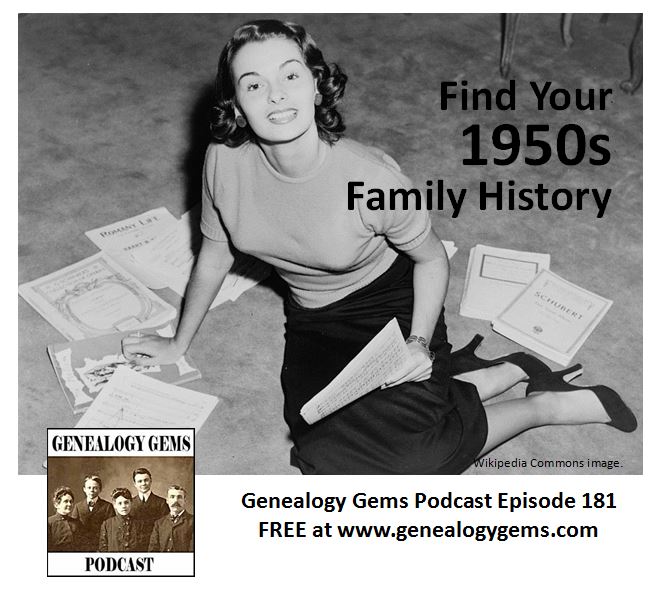 More Gems on Researching Recent Relatives
More Gems on Researching Recent Relatives
by Lisa Cooke | May 7, 2016 | 01 What's New, Ancestry, Beginner, Brick Wall, Census, Records & databases, Research Skills
When may it pay off to look at the same records or indexes twice? When you can compare them on different genealogy websites. Here’s an example for this census research tip. 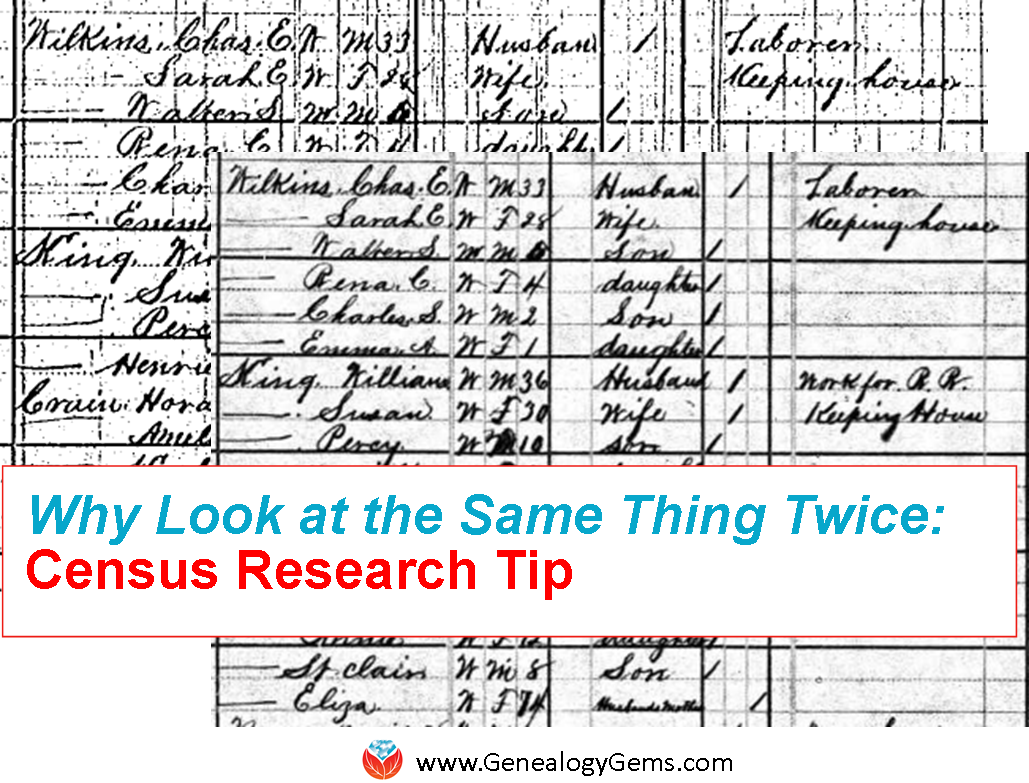
You’ve probably noticed that some record sets are available online at multiple websites. At each site, the images and indexes you find may be a little different. Online tools for viewing and searching at each site may also be different.
For example, a digitized image may be faded, dark, blurry, blotchy, cut off, or otherwise unreadable on one website but clearer on another site. Here are two images from the first few lines of the 1880 U.S. Federal Census taken in Bay Minette, Baldwin, Alabama. The first image comes from HeritageQuest Online (available at public libraries) and the second is from Ancestry.com. See the difference?
As you can see, depending on which line you’re reading, one image may be clearer than another.
Here’s another census research tip: The online tools available at each site are different, too. At HeritageQuest Online, you can view the image at original size, 200% or 400%, and you can look at the image as a negative, which sometimes helps faded text stand out a little more. Ancestry.com lets you zoom in and out, magnify specific areas, and rotate the image or view it in mirror form (in case you’re trying to read backward text bleeding through from the other side).
More Gems for Online Genealogy Research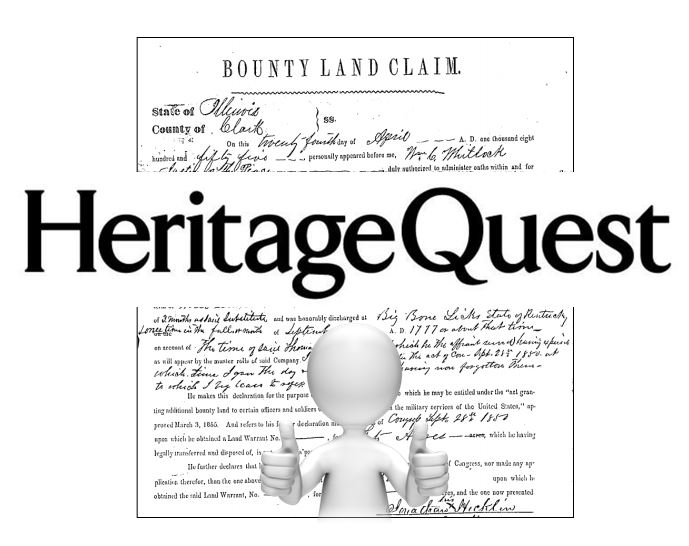
HeritageQuest Online Gets Better with Ancestry’s Support
4 Tips for Getting the Most out of Ancestry.com
Genealogy Gems Premium podcast episode 125: HeritageQuest Online, Ancestry Library edition and other great genealogy resources at the public library (Available only to Genealogy Gems Premium website members)
by Lisa Cooke | Feb 19, 2016 | 01 What's New, Records & databases
Here’s our weekly roundup of new genealogy records online. Should you search for your ancestors in any of these databases?
BRITAIN, MERCHANT SEAMAN. Findmypast.com has added nearly a quarter million records to its 1918-1941 database of British Merchant Seaman.
IDAHO VITAL RECORDS. New indexes of Idaho births (1861-1911) and deaths (1938-1961) are now searchable for free at FamilySearch.org.
ILLINOIS DEATHS. Over 3.7 million records have been added to a free index of Cook County, Illinois deaths at FamilySearch.org. Cook County is home to the city of Chicago.
INDIANA CHURCH RECORDS. A new database of Indiana United Methodist Church Records (1837-1970) is available at Ancestry.com. According to the collection description, “The registers may contain baptisms, marriages, burials, memberships, and lists of clergy.”
(1837-1970) is available at Ancestry.com. According to the collection description, “The registers may contain baptisms, marriages, burials, memberships, and lists of clergy.”
IRISH BIRTHS, BAPTISMS AND MARRIAGES. Complementing recent online Irish parish records collections are two databases of Non-conformist church records (meaning those not in alliance with the Church of Ireland) now at Findmypast: births/baptisms and marriages.
ONTARIO BIRTHS. FamilySearch has added over 125,000 indexed records to its collection of Ontario, Canada birth records.
UNITED STATES and NEW ZEALAND ARTICLES. Findmypast.com has updated its PERSI database with over 45,000 new indexed entries and images. Ten publications spanning 1883-1984 include articles covering several New Zealand and several U.S. states, including Georgia, Maine, Massachusetts, Pennsylvania, and Utah.
VARIOUS MARRIAGE RECORDS. FamilySearch.org has published or updated several new free marriage records collections. Click here to see the full list, which includes British Columbia, Durham (England), Indiana, Kansas, Liberia, Louisiana, Maryland, Minnesota, Mississippi, Missouri, New York, North Carolina, Ohio, Oklahoma and Utah.
 Don’t see the records you hoped to among these new genealogy records online? Click here to read a blog post on two powerful tools to help you search for elusive records.
Don’t see the records you hoped to among these new genealogy records online? Click here to read a blog post on two powerful tools to help you search for elusive records.
by Lisa Cooke | Feb 12, 2016 | 01 What's New, Records & databases
Each week we scour announcements of new genealogy records online and share those we think our readers most want to know about. This week, it’s all about Irish and US records!
IRELAND CENSUS RECORDS. MyHeritage.com has added to its site “over 8.7 million Irish census records from the 1901 and 1911 censuses [which record every household member]. Both collections are completely free and contain images.”
IRELAND PARISH RECORDS. Findmypast.com subscribers now have access to an exclusive index to the National Library of Ireland’s free online collection of digitized-but-not-indexed registers from 1000 parishes, with over 10 million baptisms and marriages. According to a FMP press release, “This is the first time that the collection has been indexed with the images linked online, making the search much easier and the records more accessible. As a result, family historians will now be able to make all important links between generations with the baptism records and between families with the marriage registers. These essential records cover the entire island of Ireland, both Northern Ireland and the Irish Republic.”
(US) DUTCH REFORMED CHURCH RECORDS. Ancestry.com has added a new collection of Dutch Reformed Church records (1701-1995)  from 14 states and has updated a separate but similar collection of Dutch Reformed Records
from 14 states and has updated a separate but similar collection of Dutch Reformed Records (1639-1989).
(1639-1989).
US MARRIAGES. Findmypast has just released an enormous collection of marriage records from across the United States. “Containing over 450 million names from 1650 to 2010…the US Marriages collection will, when complete, include over 100 million records, 60% of which have never been published online before.” A third of the data (about 33 million names) are already online.
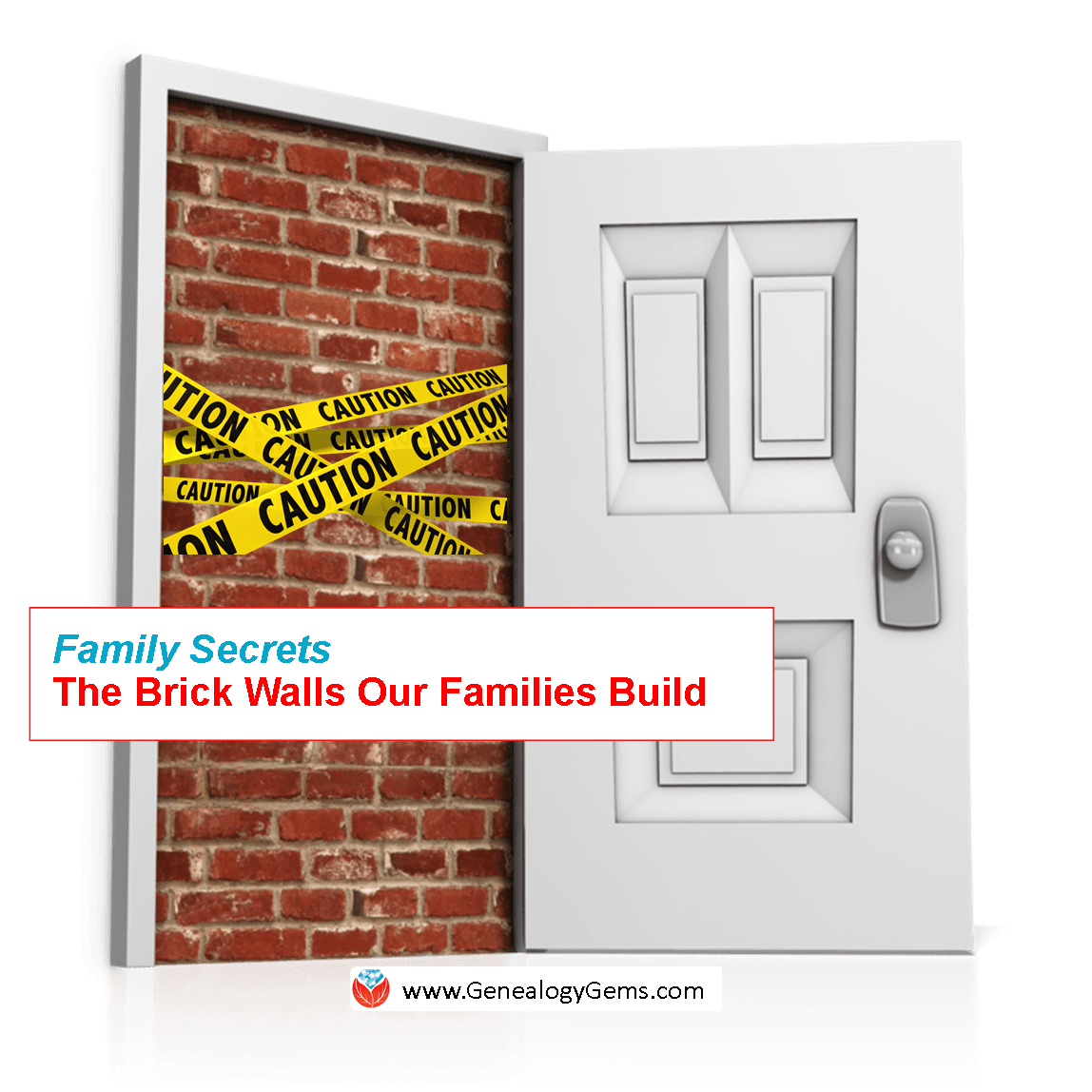 More Irish Research Gems
More Irish Research Gems
Disclosure: This article contains affiliate links and Genealogy Gems will be compensated if you make a purchase after clicking on these links (at no additional cost to you). Thank you for supporting Genealogy Gems!

 More Gems on Researching Recent Relatives
More Gems on Researching Recent Relatives



 More Irish Research Gems
More Irish Research Gems